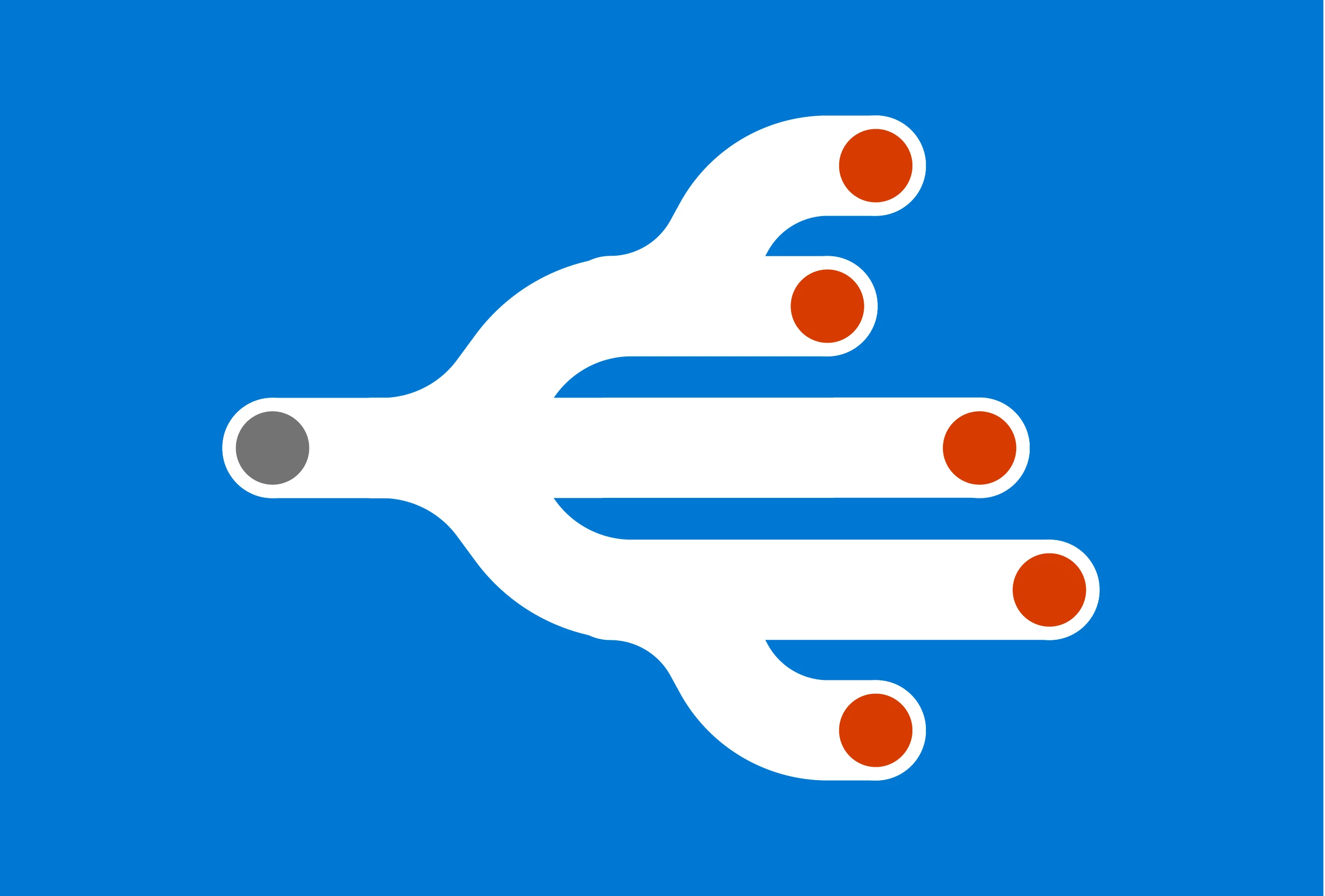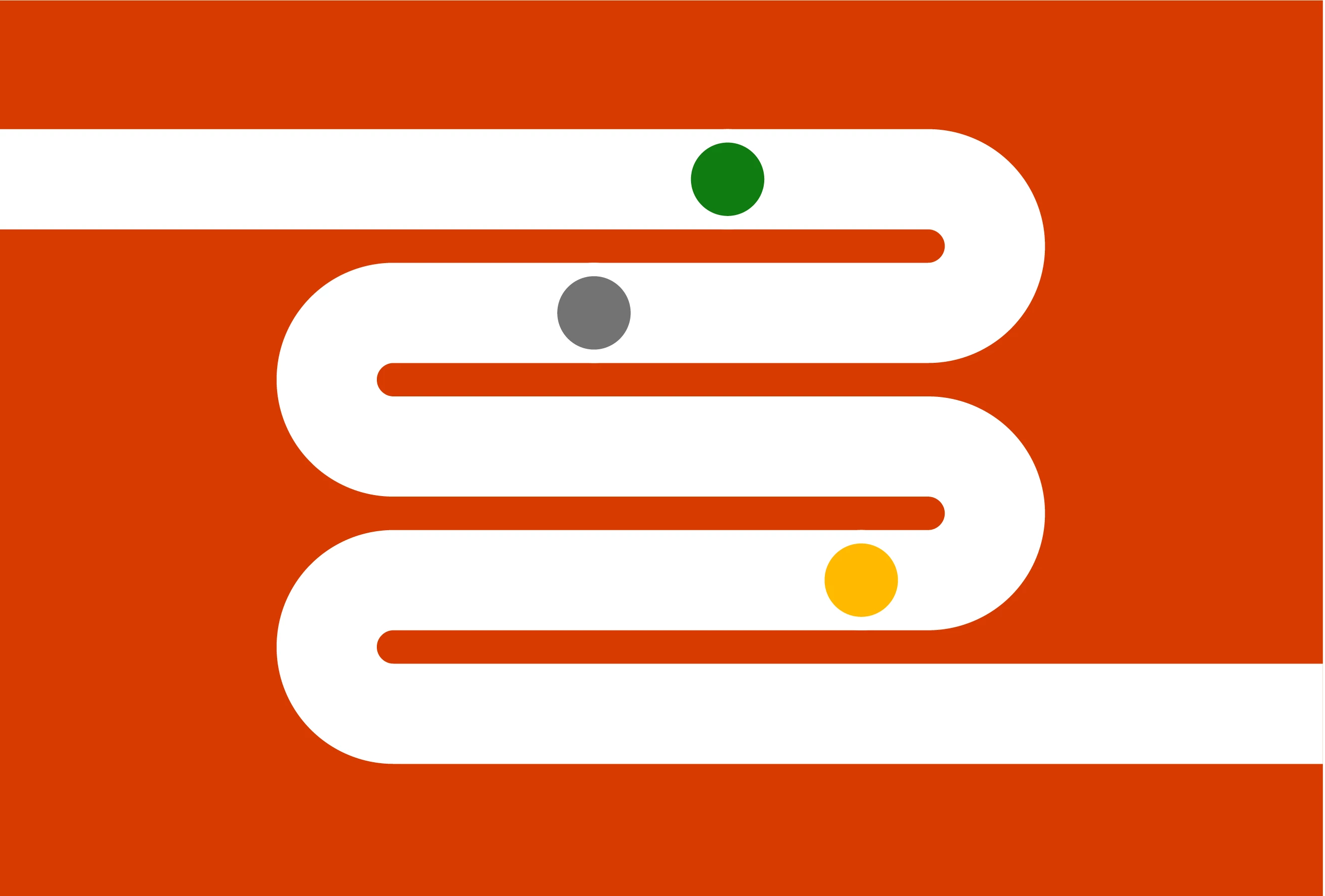


Cyberattacker techniques, tools, and infrastructure
Cyberattackers constantly evolve their techniques, tools, and infrastructure to launch increasingly complex attacks. Learn about the latest tactics and how to detect, disrupt, and defend against them.
Refine results
Topic
Products and services
Publish date
-
 KillNet, a group that the US Department of Health and Human Services (DHHS) has called pro-Russia hacktivists, has been launching waves of attacks targeting governments and companies with focus on the healthcare sector.
KillNet, a group that the US Department of Health and Human Services (DHHS) has called pro-Russia hacktivists, has been launching waves of attacks targeting governments and companies with focus on the healthcare sector. -

DEV-0139 launches targeted attacks against the cryptocurrency industry
Microsoft security researchers investigate an attack where the threat actor, tracked DEV-0139, used chat groups to target specific cryptocurrency investment companies and run a backdoor within their network. -

Token tactics: How to prevent, detect, and respond to cloud token theft
As organizations increase their coverage of multifactor authentication (MFA), threat actors have begun to move to more sophisticated techniques to allow them to compromise corporate resources without needing to satisfy MFA. -

Malicious OAuth applications abuse cloud email services to spread spam
Microsoft discovered an attack where attackers installed a malicious OAuth application in compromised tenants and used their Exchange Online service to launch spam runs. -

MagicWeb: NOBELIUM’s post-compromise trick to authenticate as anyone
Microsoft security researchers have discovered a post-compromise capability we’re calling MagicWeb, which is used by a threat actor we track as NOBELIUM to maintain persistent access to compromised environments. -

Malicious IIS extensions quietly open persistent backdoors into servers
Attackers are increasingly leveraging managed IIS extensions as covert backdoors into servers, providing a durable persistence mechanism for attacks. -

North Korean threat actor targets small and midsize businesses with H0lyGh0st ransomware
A group of actors originating from North Korea that MSTIC tracks as DEV-0530 has been developing and using ransomware in attacks since June 2021. -

Toll fraud malware: How an Android application can drain your wallet
Toll fraud malware, a subcategory of billing fraud in which malicious applications subscribe users to premium services without their knowledge or consent, is one of the most prevalent types of Android malware – and it continues to evolve. -

Using process creation properties to catch evasion techniques
We developed a robust detection method in Microsoft Defender for Endpoint that can catch known and unknown variations of a process execution class used by attackers to evade detection. -

Improving AI-based defenses to disrupt human-operated ransomware
To disrupt human-operated ransomware attacks as early as possible, we enhanced the AI-based protections in Microsoft Defender for Endpoint with a range of specialized machine learning techniques that swiftly identify and block malicious files, processes, or behavior observed during active attacks. -

Detecting and preventing privilege escalation attacks leveraging Kerberos relaying (KrbRelayUp)
The privilege escalation hacking tool KrbRelayUp is a wrapper that can streamline the use of some features in Rubeus, KrbRelay, SCMUACBypass, PowerMad/ SharpMad, Whisker, and ADCSPwn tools in attacks.






